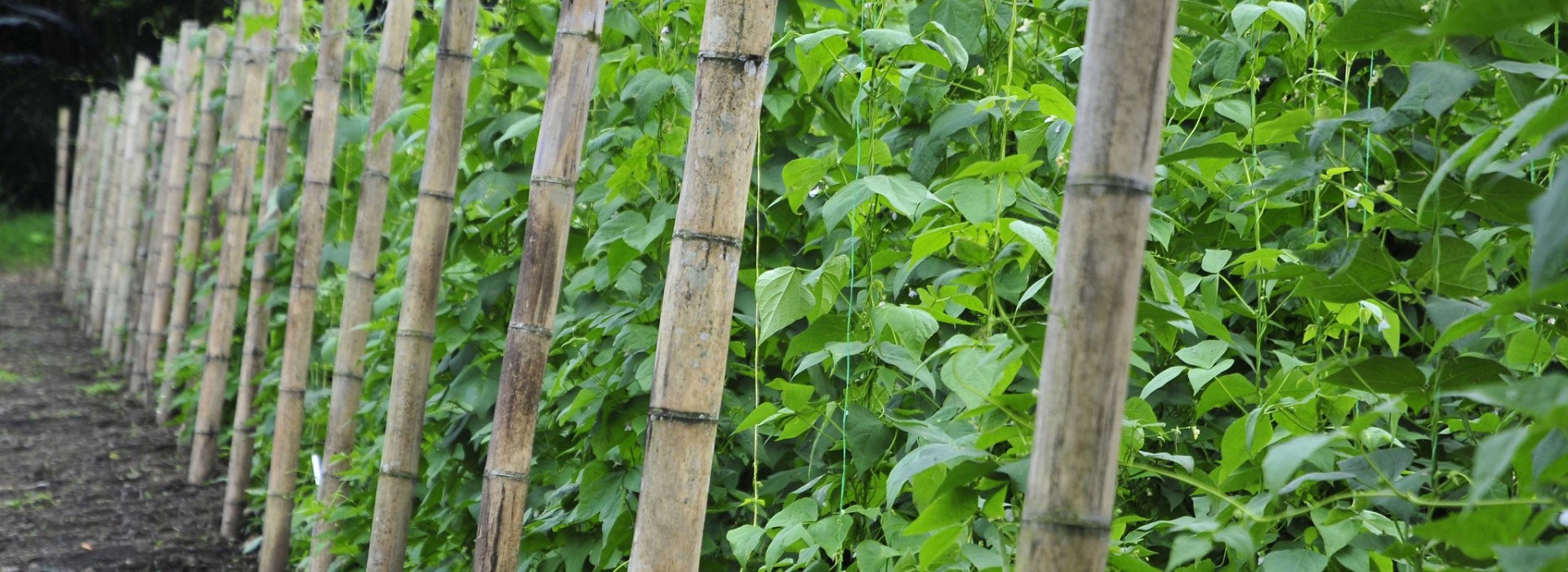Transformation through Inclusive Innovation – validated strategies for an evolving system
-
From
Independent Advisory and Evaluation Service
-
Published on
30.10.22

Inclusive. Innovation. How often do we hear these two words, or their close relatives “innovative” and “inclusion”?
Important concepts may start to ring hollow when we encounter them daily across many different spheres. Authentically pursuing inclusive innovation requires stepping away from facile labels.
In a 2021 policy brief, the Independent Science for Development Council (ISDC) offered recommendations to CGIAR’s governance bodies as they invest in and guide CGIAR’s 2030 Research and Innovation Strategy. The brief explored the implications of pursuing innovation alongside strategic delivery of world-class agri-food systems research. A motif became evident across the brief’s eight recommendations: inclusion.
A similar motif arose when the evaluation function of the Independent Advisory and Evaluation Service produced the Synthesis of learning from a decade of CGIAR Research Programs (2021). Based on 45 different evaluations, external reviewers and subject matter experts concluded that poor and marginalized people have not been adequately included in CGIAR Research Programs. How will they be made central through CGIAR’s 2030 Research and Innovation Strategy?
Getting to grips with all that is happening under the banner of inclusive innovation could easily be the work of a lifetime. To make a start, ISDC commissioned a literature review and quickly discovered that the search for a universal definition or theoretical model of inclusive innovation would prove futile. This was confirmed by consultations with a selection of CGIAR researchers and partner colleagues, who are testing out an array of inclusive research modes in the field. These discussions revealed that concepts and practices of inclusive innovation are diverse and emergent. Apparently, there is no one-size-fits-all.
